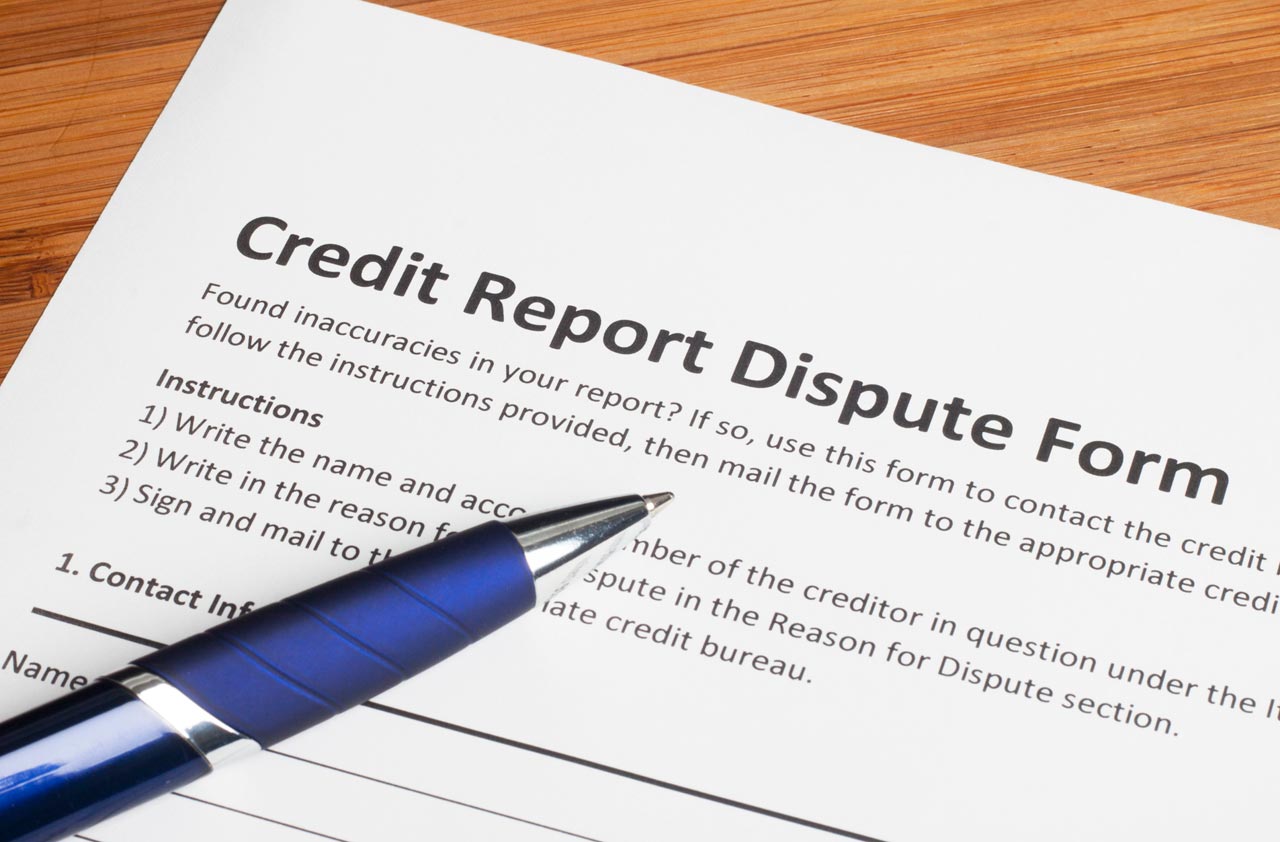A New Site to Help You Navigate Health Insurance
The government's HealthCare.gov provides information about public and private plans available to you.

What kind of information does the new HealthCare.gov Web site provide?
The U.S. Department of Health and Human Services’ HealthCare.gov makes it easy to learn about all of your personal health-insurance options. The site, created in just the 100 days after the health-care-reform law was passed, launched on July 1. After you enter answers to a few questions (such as your state, age range and health status), the site immediately lists all of the private insurance plans in your area, as well as public programs you may qualify for -- such as the new Pre-Existing Condition Insurance Plan (the high-risk pool created by the health-care-reform law), any existing high-risk pool in your state, the Children’s Health Insurance Program (CHIP) and Medicaid -- with detailed information about coverage and eligibility criteria for each program in your state.
The site also explains the new rules for covering young adults under age 26 and laws governing job-based health coverage (and protections if you lose your job or exhaust your COBRA coverage). And it provides links to hospitals and health-care facilities that offer free or below-cost health care to low-income people.

Sign up for Kiplinger’s Free E-Newsletters
Profit and prosper with the best of expert advice on investing, taxes, retirement, personal finance and more - straight to your e-mail.
Profit and prosper with the best of expert advice - straight to your e-mail.
This is the first time that all of the public and private options have been listed in one place and personalized, which was a major undertaking because some health-care programs are national, some state-based and some local.
The government used its muscle to gather comprehensive information about the private health-insurance programs, which had been difficult to navigate in the past. The site includes more than 1,000 insurance companies with more than 5,500 plan offerings. Type in your zip code, and you’ll see a list of each company offering health insurance in your area. Click on “View Plans” next to an insurer’s name to get a list of plans you can buy from it. You’ll also see links to the insurer’s list of services covered, provider network (with the insurer’s tool to check for your doctors), drug coverage and more information.
If any of the links that an insurer provided did not include useful information, the site’s creators put “Correct Link Not Provided” in that topic’s allotted space. “When we made our first request [to insurers], we got some good information and some sketchy information,” says Kathleen Sebelius, Secretary of the U.S. Department of Health and Human Services. “We told them they’d be side by side with their competitors, and they stepped up their game a bit. I’m a believer that competition starts with transparency, and it’s hard to get a competitive market if people don’t know what it looks like.”
The site doesn’t include pricing information for private plans yet -- that’s slated to be added in October. And even then, the prices won’t be precise because insurers can base premiums for individual and small-group coverage on people’s medical conditions until 2014. But you’ll still be able to get an idea of how their standard rates stack up against each other. And you’ll eventually see each insurer’s “medical loss ratio,” which will show the percentage of the insurer’s premiums spent on medical expenses versus administrative costs.
HealthCare.gov is a great first stop for anyone who is searching for health-care options. But you’ll still need to explore further to do a comprehensive search for health insurance. To get price quotes based on your specific health condition and to buy a policy, you can go to eHealthInsurance.com, contact a local health-insurance broker (you can find some at www.nahu.org) or contact the insurer directly. But by going to HealthCare.gov first, you’ll know whether there are other insurers in the area that don’t appear at eHealthInsurance.com or aren’t sold by your local broker.
Your state insurance department may include pricing information for insurers doing business in the area on its Web site (you can find links to state insurance departments at www.naic.org). The state site may also have market-conduct reports and complaint ratios for insurance companies, which can help you avoid companies that have a history of hassling people at claim time. You can also check complaint ratios (the insurer’s U.S. market share of closed complaints compared with the company’s U.S. market share of premiums) at the National Association of Insurance Commissioners Consumer Information Source. And you can find some additional information about public programs available in your area at www.coverageforall.org.
If you visit HealthCare.gov, please share your experience in the comment box below.
Get Kiplinger Today newsletter — free
Profit and prosper with the best of Kiplinger's advice on investing, taxes, retirement, personal finance and much more. Delivered daily. Enter your email in the box and click Sign Me Up.

As the "Ask Kim" columnist for Kiplinger's Personal Finance, Lankford receives hundreds of personal finance questions from readers every month. She is the author of Rescue Your Financial Life (McGraw-Hill, 2003), The Insurance Maze: How You Can Save Money on Insurance -- and Still Get the Coverage You Need (Kaplan, 2006), Kiplinger's Ask Kim for Money Smart Solutions (Kaplan, 2007) and The Kiplinger/BBB Personal Finance Guide for Military Families. She is frequently featured as a financial expert on television and radio, including NBC's Today Show, CNN, CNBC and National Public Radio.
-
 Stock Market Today: Stocks Soar on China Trade Talk Hopes
Stock Market Today: Stocks Soar on China Trade Talk HopesTreasury Secretary Bessent said current U.S.-China trade relations are unsustainable and signaled hopes for negotiations.
By Karee Venema
-
 2026 Disney Dining Plan Returns: Free Dining for Kids & Resort Benefits
2026 Disney Dining Plan Returns: Free Dining for Kids & Resort BenefitsPlan your 2026 Walt Disney World vacation now. Learn about the returning Disney Dining Plan, how kids aged three to nine eat free, and the exclusive benefits of staying at a Disney Resort hotel.
By Carla Ayers
-
 Credit Report Error? They All Matter
Credit Report Error? They All Mattercredit & debt Don't dismiss a minor error. It could be the sign of something more serious.
By Kimberly Lankford
-
 Insurance for a Learning Driver
Insurance for a Learning Driverinsurance Adding a teen driver to your plan will raise premiums, but there are things you can do to help reduce them.
By Kimberly Lankford
-
 529 Plans Aren’t Just for Kids
529 Plans Aren’t Just for Kids529 Plans You don’t have to be college-age to use the money tax-free, but there are stipulations.
By Kimberly Lankford
-
 When to Transfer Ownership of a Custodial Account
When to Transfer Ownership of a Custodial Accountsavings Before your child turns 18, you should check with your broker about the account's age of majority and termination.
By Kimberly Lankford
-
 Borrowers Get More Time to Repay 401(k) Loans
Borrowers Get More Time to Repay 401(k) Loansretirement If you leave your job while you have an outstanding 401(k) loan, Uncle Sam now gives you extra time to repay it -- thanks to the new tax law.
By Kimberly Lankford
-
 When It Pays to Buy Travel Insurance
When It Pays to Buy Travel InsuranceTravel Investing in travel insurance can help recover some costs when your vacation gets ruined by a natural disaster, medical emergency or other catastrophe.
By Kimberly Lankford
-
 What Travel Insurance Covers When Planes Are Grounded
What Travel Insurance Covers When Planes Are GroundedTravel Your travel insurance might help with some costs if your trip was delayed because of the recent grounding of Boeing 737 Max planes.
By Kimberly Lankford
-
 Ways to Spend Your Flexible Spending Account Money by March 15 Deadline
Ways to Spend Your Flexible Spending Account Money by March 15 Deadlinespending Many workers will be hitting the drugstore in the next few days to use up leftover flexible spending account money from 2018 so they don’t lose it.
By Kimberly Lankford